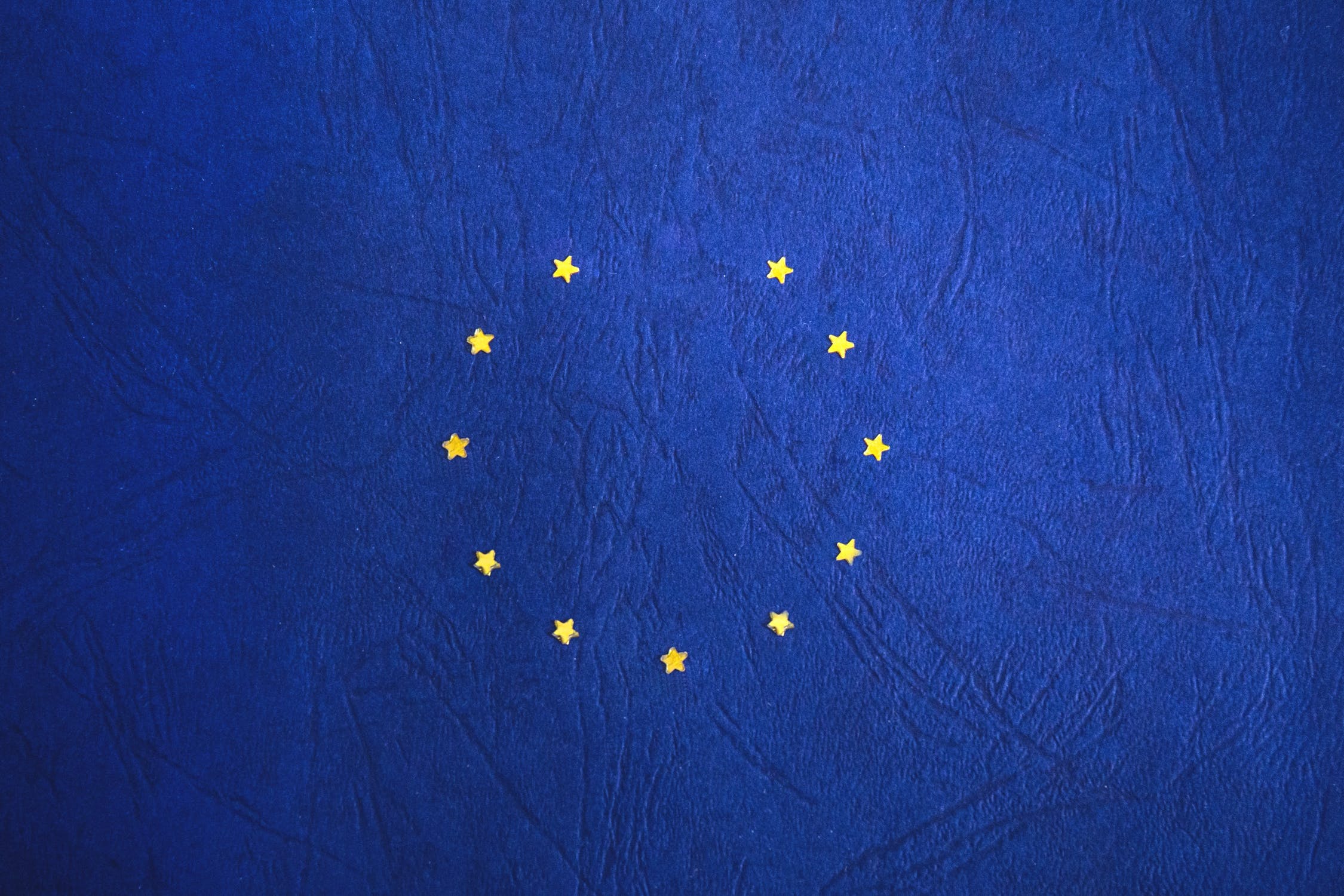
The EU MDR Policy
The EU recently revised the laws governing medical devices and in-vitro diagnostics to align with the developments in the sector over the last 20 years. The priority was to ensure a robust, transparent and sustainable regulatory framework and maintain a high level of safety while supporting innovation (European Commission, 2022). As a result, in May 2021, the EU MDR Policy came into effect.
Put simply, the EU MDR Policy means that every medical device being sold in the EU must have specific and unique identification codes that are registered and indexed within a database. Medical device manufacturers are required to supply a Unique Device Identifier (UDI) on all devices and products sold within the EU Market. The UDI must also be recorded within the European Databank on Medical Devices (EUDAMED) which is a secure and centralised online database.
What is a UDI?
The Unique Device Identification system, or ‘UDI’, is a unique numeric or alphanumeric code that is made up of two key sets of information - a Device Identifier and a Production Identifier.
A Device Identifier is a mandatory identification code that holds information of the manufacturer and the specific model or version of the device.
The Production Identifier is a variable identification code that typically represents the serial number of the device, the lot or batch number of the device and the relevant dates such as the date of the device’s manufacturing and/or its expiry date.
The UDI is now a mandatory component to being successfully compliant, and manufacturers are required to provide the UDI on every device. The UDI must be present on all labels and packages, and be shown in two forms:
- In an easily readable plain text format
- In a machine-readable form that uses automatic identification and data capture (AIDC) technology
The most common form of AIDC technology is barcodes that can instantly and accurately capture the required information on the device.
Why is this important?
As the policy now requires all existing and new devices and packaging to include machine-readable identification, it is incredibly important for manufacturers to build, implement and maintain a robust digitised process for displaying their UDI.
If manufacturers fail to fully adhere to the regulations they run the risk of penalties that are set out by the specific Member States, which can result in their products being forbidden from sale.
Each EU nation is responsible for setting its own guidelines and corresponding penalties, along with making every effort to ensure the policy is implemented. Manufacturers can consult with notified bodies and their code issuing agency to get advice on adopting and adhering to the new set of regulations.
The EU MDR Policy introduces a range of changes that can disrupt the current workflow through the utilisation of technology. It’s crucial that businesses adapt to find the best solutions to effectively comply.
Why Orca Scan?
Orca Scan has been simplifying barcode technology since 2016 and makes it easy for companies to build custom barcode solutions with just their smartphones and a web browser.
We’ve created a UDI barcode scanner solution that allows care providers to track all types of UDI barcodes in one go, streamlining their processes, saving valuable time and ensuring compliance with the new set of regulations.
Ultimately, this helps organisations like the Sacred Heart Medical Center in Washington, US, who have been able to streamline a painstaking process of tracking medical devices using pen and paper methods, for up to 5 hours per week, into a 30-minute error and paper-free process. Read their full story here.
If you want to streamline your UDI tracking, and be compliant with the new regulations, get in touch! We’re always happy to help.
